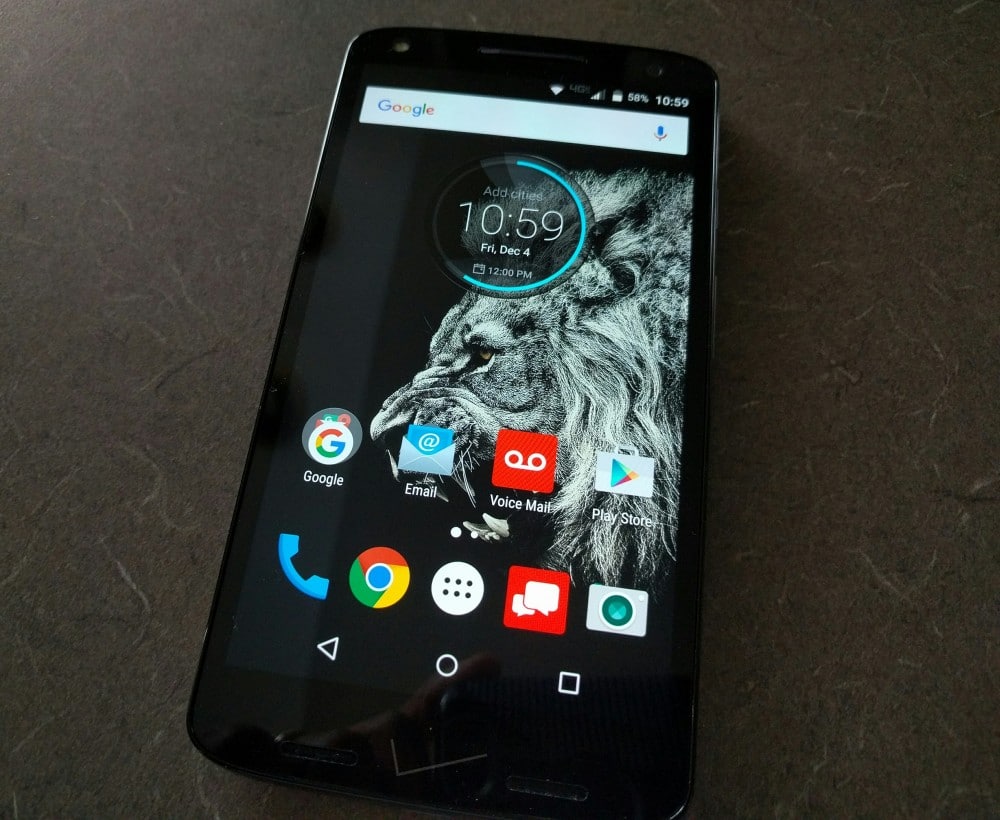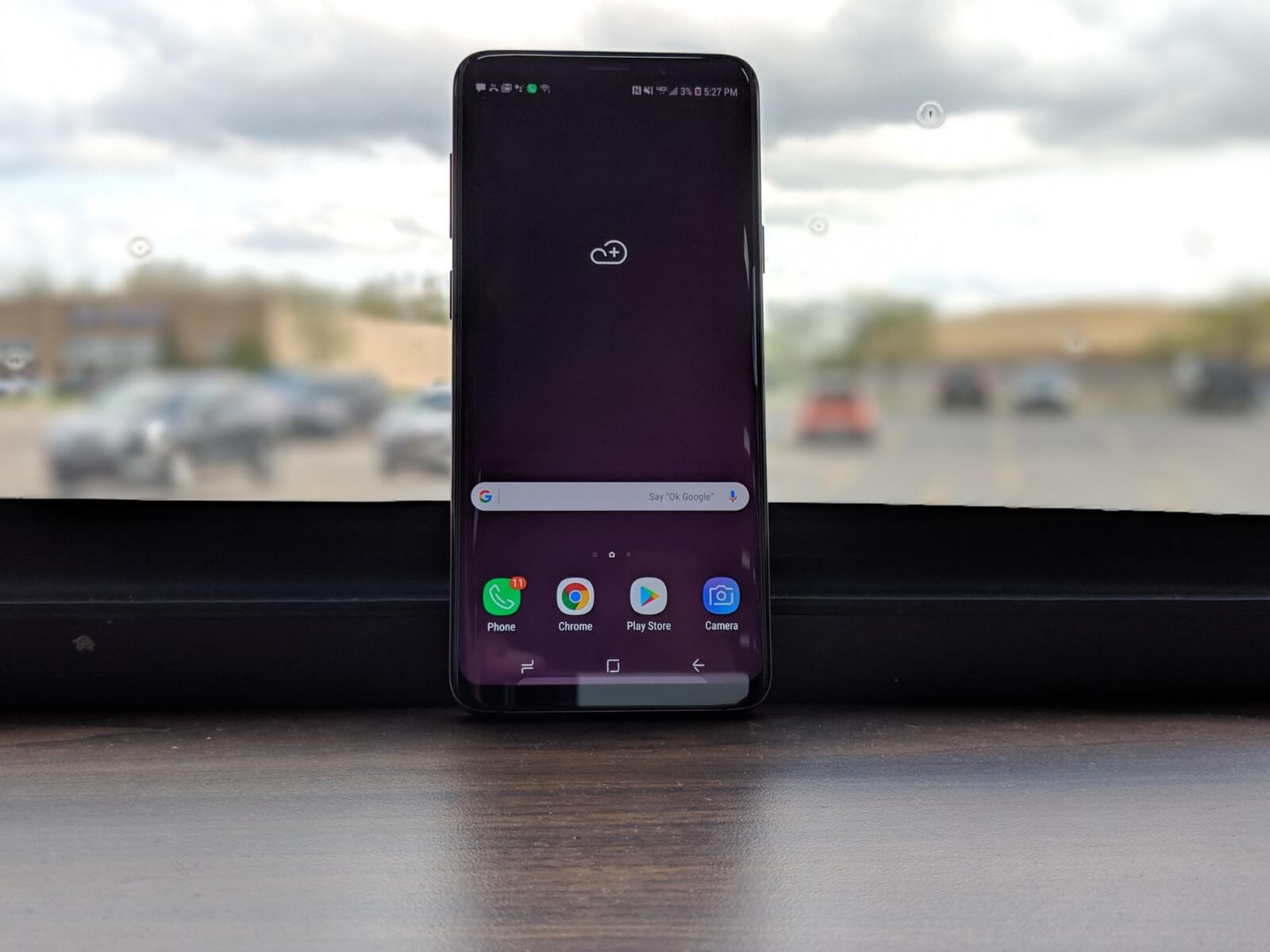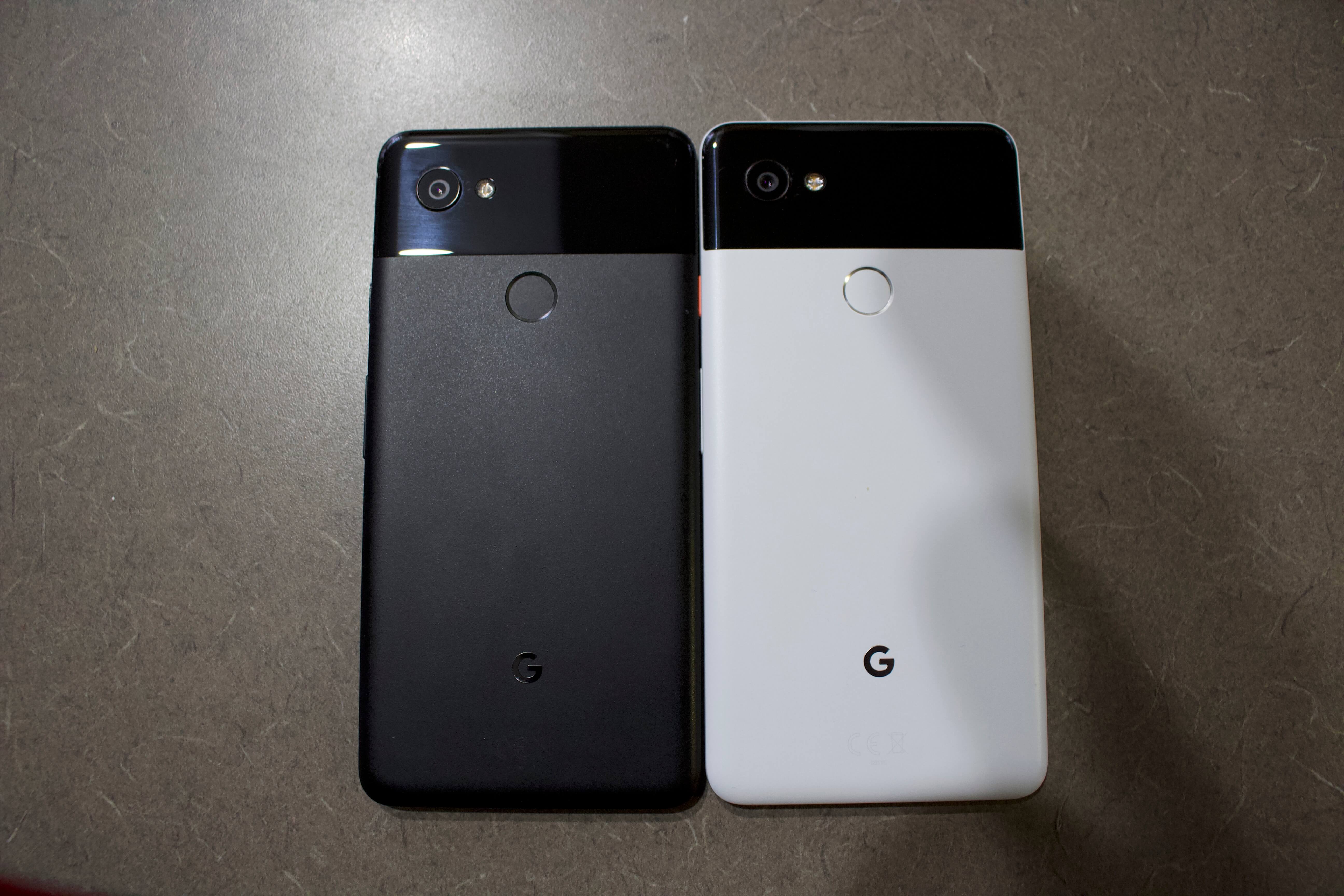What more can we make our phones do? There are phones that promise great battery life, phones built for ultra durability, and phones that are amazingly thin and lightweight. What if you could find one that promised to bring all three into one shell? That’s exactly what Motorola tried to accomplish with the Droid Turbo 2; A phone that can be stylish and functional. Rugged, and compact. A phone that manages to be everything you’ve ever wanted in a smartphone and then some. Can Motorola manage to do the impossible? Or is the Turbo 2 all smoke and mirrors?
Let’s get this out-of-the-way now. This phone is not good-looking at all. Not even a smidge. It’s as if Motorola asked for everything that made the Moto X Sport and Pure Editions cool looking to be totally omitted. My review unit was black and sported a carbon fiber pattern on the back cover which was probably meant to increase the grip on the phone but instead ended up making it more slippery. The screen is one of the major bright points on the Turbo 2, as Motorola has marketed it to be nearly indestructible. The Droid Turbo 2 has a 5.4 inch display, which isn’t huge by today’s standards, but thanks to some pretty big bezels the phone feels a little wider than it actually is. While the display itself is pretty good, it felt like it was a notch below what I’m used to from other phones. It’s clocked at a resolution of 2560 x 1440 and rocks an insane pixel density of 540 PPI. We put it to the test, dropping the phone from heights of 3, 4, and 6 feet with no case onto a ceramic tile floor. Not only was the screen still fine, but the phone was without so much as a scratch. There was also a really interesting call to change the stereo speakers from two elongated bars at the top and bottom of the phone, into two smaller speaker grilles on either side of the Verizon logo.
After using the phone for a little over a week, there was no confusion as to why it was named the Turbo. I did just about everything you could do on a phone with the Turbo 2 and it performed without a hitch. There was no lag, no hiccups, no slowdowns as I watched 4K videos, played high frame rate games and did a ton of social networking. This was all made possible thanks to a powerful Octa-core Snapdragon 810 processor and 3GB of RAM. In addition to being really fast and responsive, I was also really impressed with the battery life on the Turbo 2. There’s a massive 3760 mAh battery in here so the results should have been nothing short of stellar. On my Nexus 6P, I can run usually through a whole day (about 12 hours) on a single charge, which is pretty good in my book. The Droid Turbo blew that number out of the water as I was able to go two full days (about 23 hours total usage) before it had to be charged. There’s also support for PMA and Qi wireless charging as well as Motorola’s TurboPower fast charging which promises up to 13 hours of battery life in 15 minutes.
Cameras have been a bit of a sticking issue with Motorola as of late, and I’m sad to report that hasn’t changed. When checking out the 21MP main camera, I noticed that taking consistently good photos would be a challenge. I’m not going to say the camera was bad by any means, but unless lighting was absolutely perfect, pictures wouldn’t turn out as good as say pictures from an iPhone 6S or Galaxy S6. I was really impressed with the autofocus on the Turbo 2, especially when it came to taking really close pictures. The sensor just seemed to find what i was trying to focus on really fast and would be ready to snap a photo within seconds. Recording videos worked really well for the little that I actually did, and once again the auto focus was the main star here. 4K mode was pretty awesome, but one 5 minute 4K video took an astounding 2.3GB of storage away from the internal memory, and that was enough to scare me away from ever using it again.
The Droid Turbo 2 is a Verizon Wireless exclusive, and as part is running on Verizon’s blazing fast LTE network. Traveling from my home in Grand Blanc, MI to Ann Arbor, and back again I noticed no major hiccups in signal strength or reliability, and the data speeds were consistently faster than those on my Sprint Note 5, and Nexus 6p connected through AT&T. My only beef with the Verizon side of things is the ungodly amount of bloat apps that come preinstalled and aren’t removable.
For what it’s worth, the Droid Turbo 2 should’ve been a better phone, but you know what? That’s not a bad thing. It performed far above my expectations, and I walked away really impressed with the durability and usability of this device. Sure, it’s not the best looking phone on the market, but it is one of the better ones out. It’s a little pricey with a $624.99 retail price, but when broken down on the Verizon Edge program ($21.83/mo.), it falls right in line with other flagship offerings.









